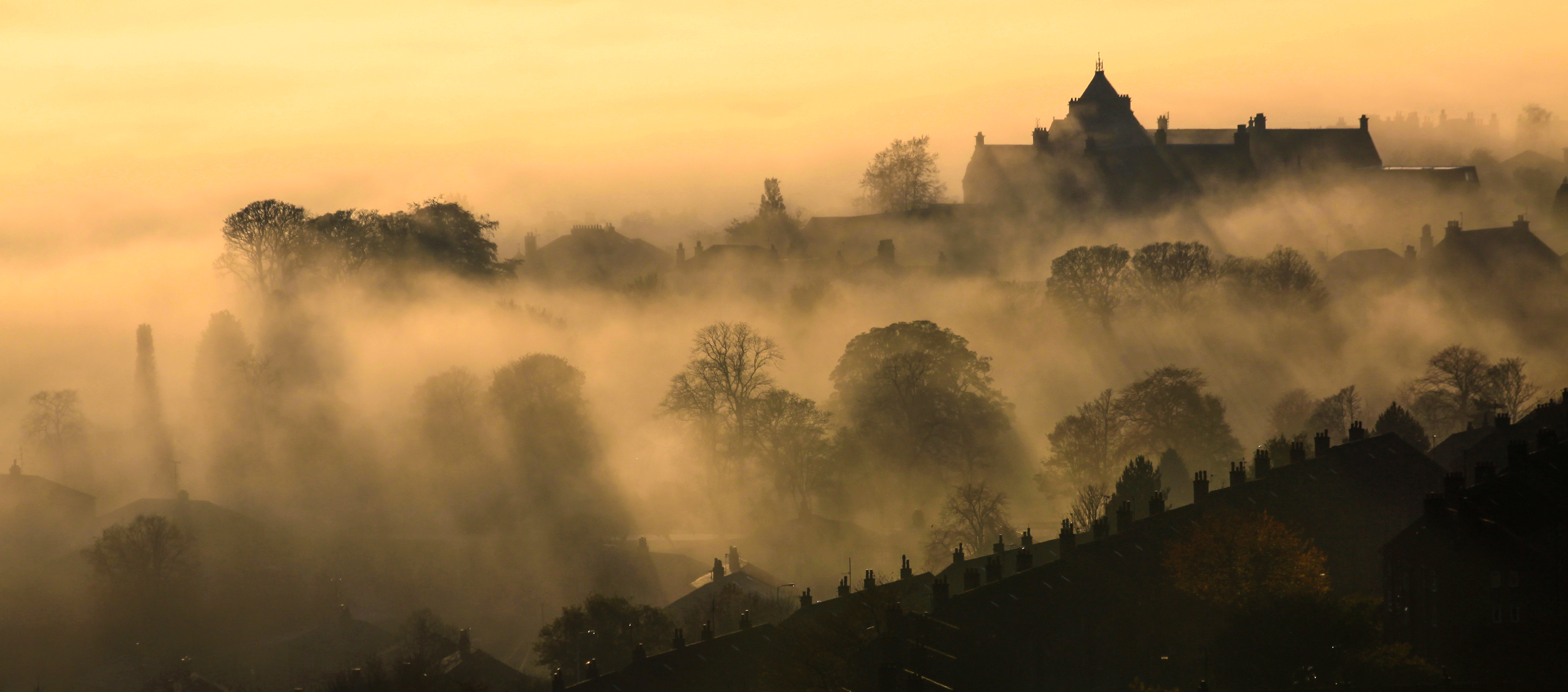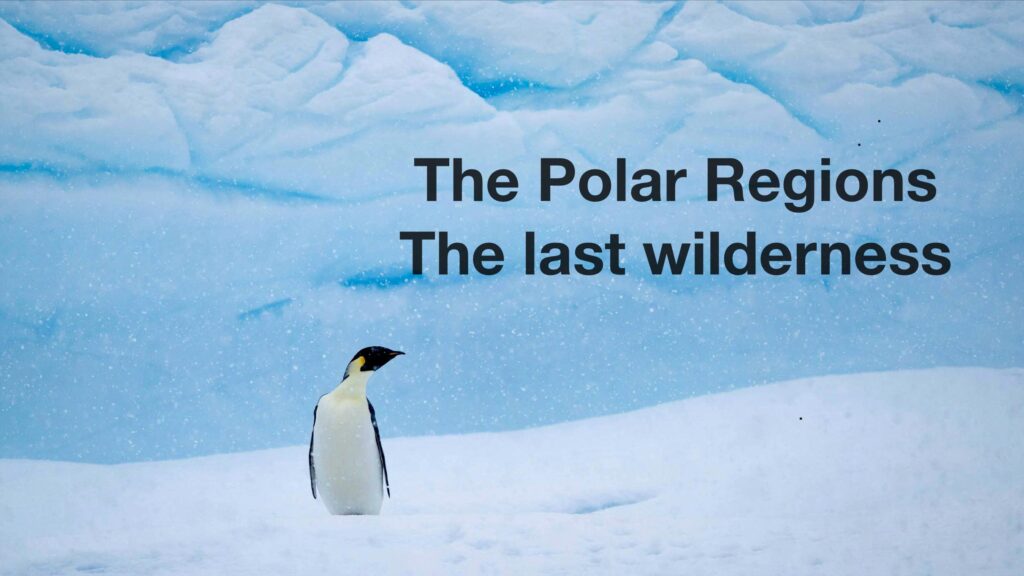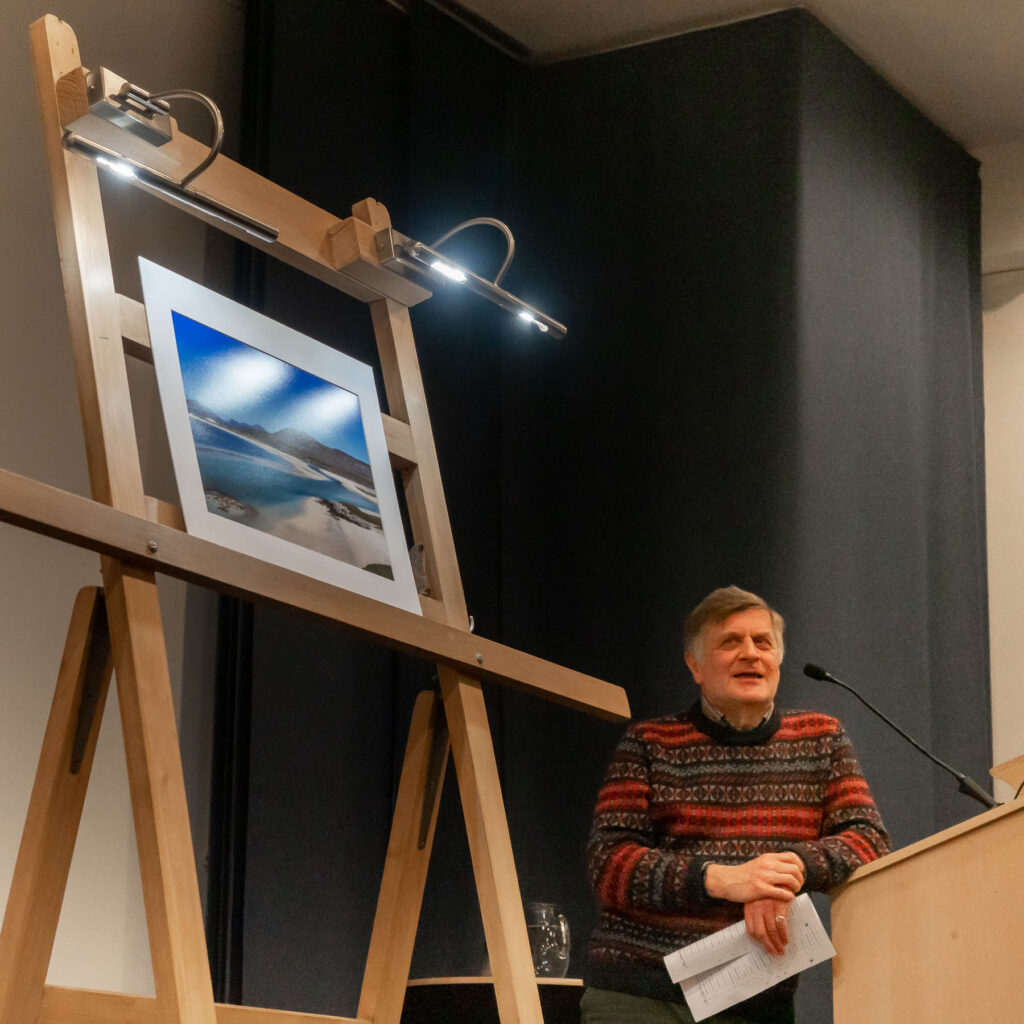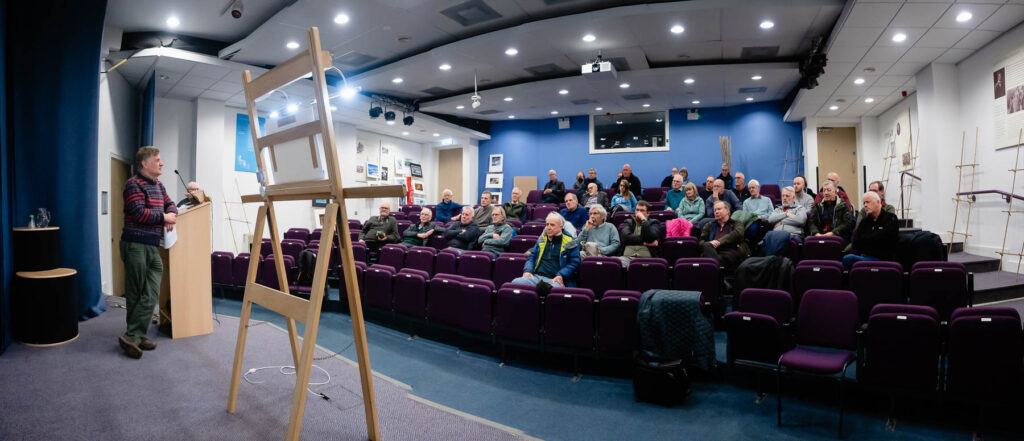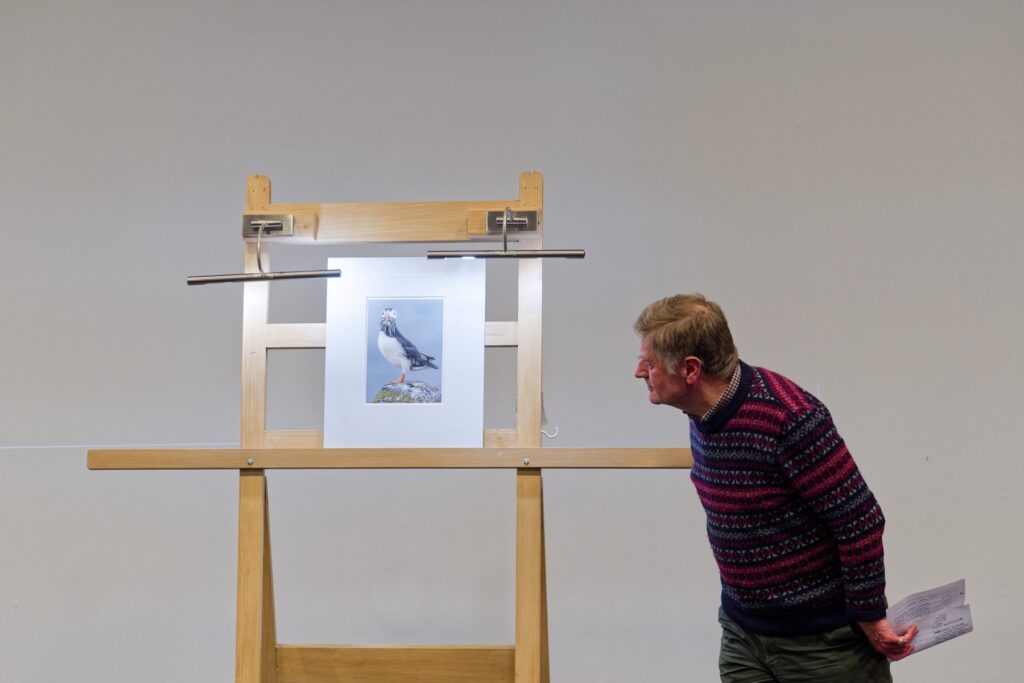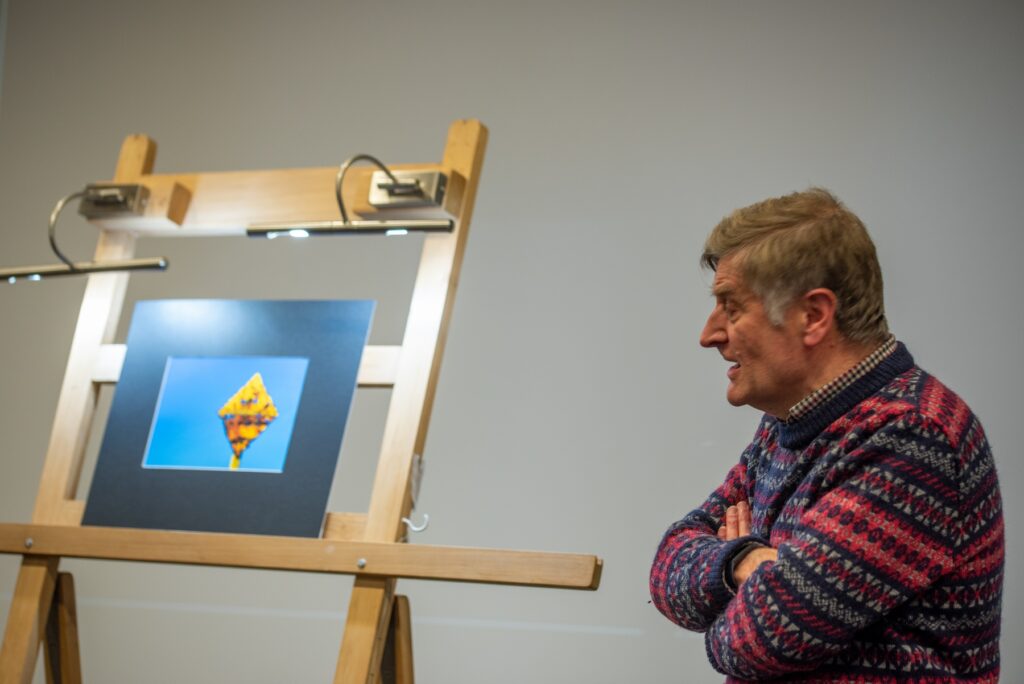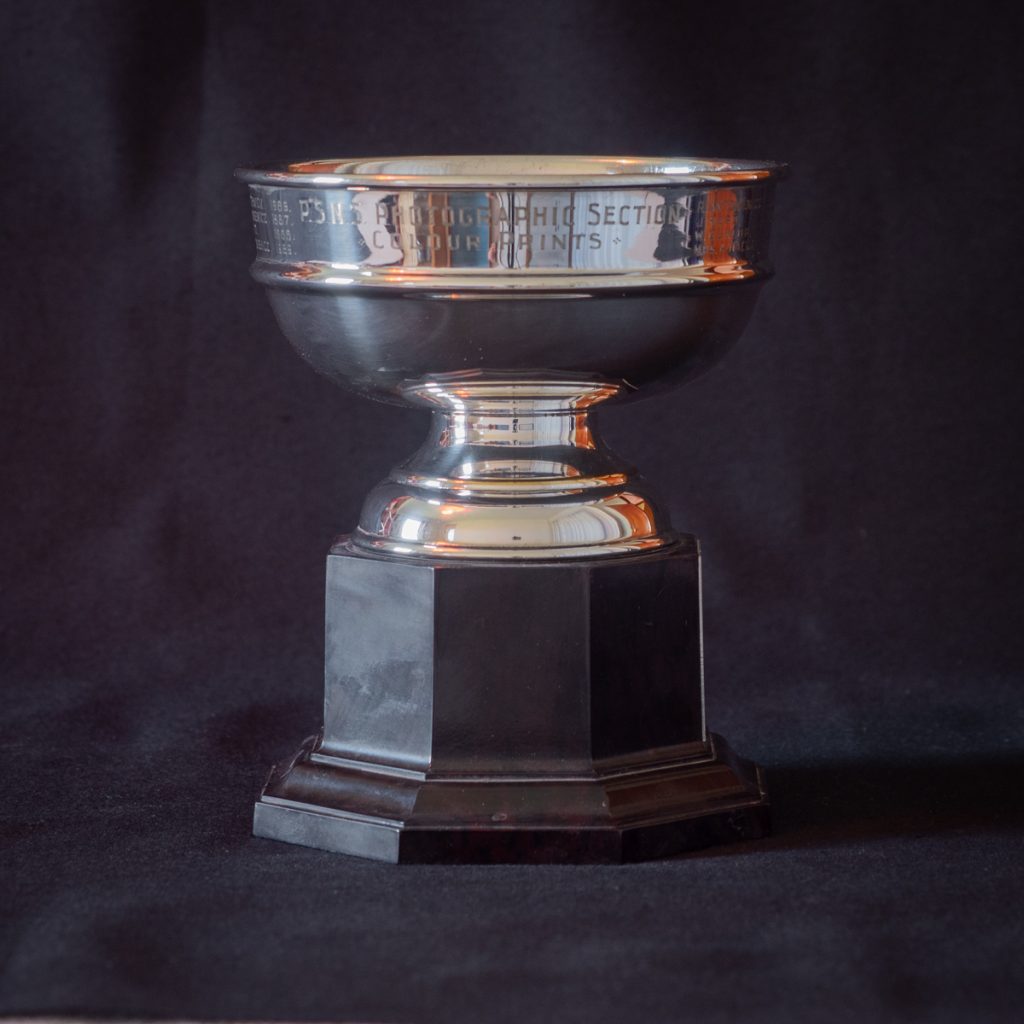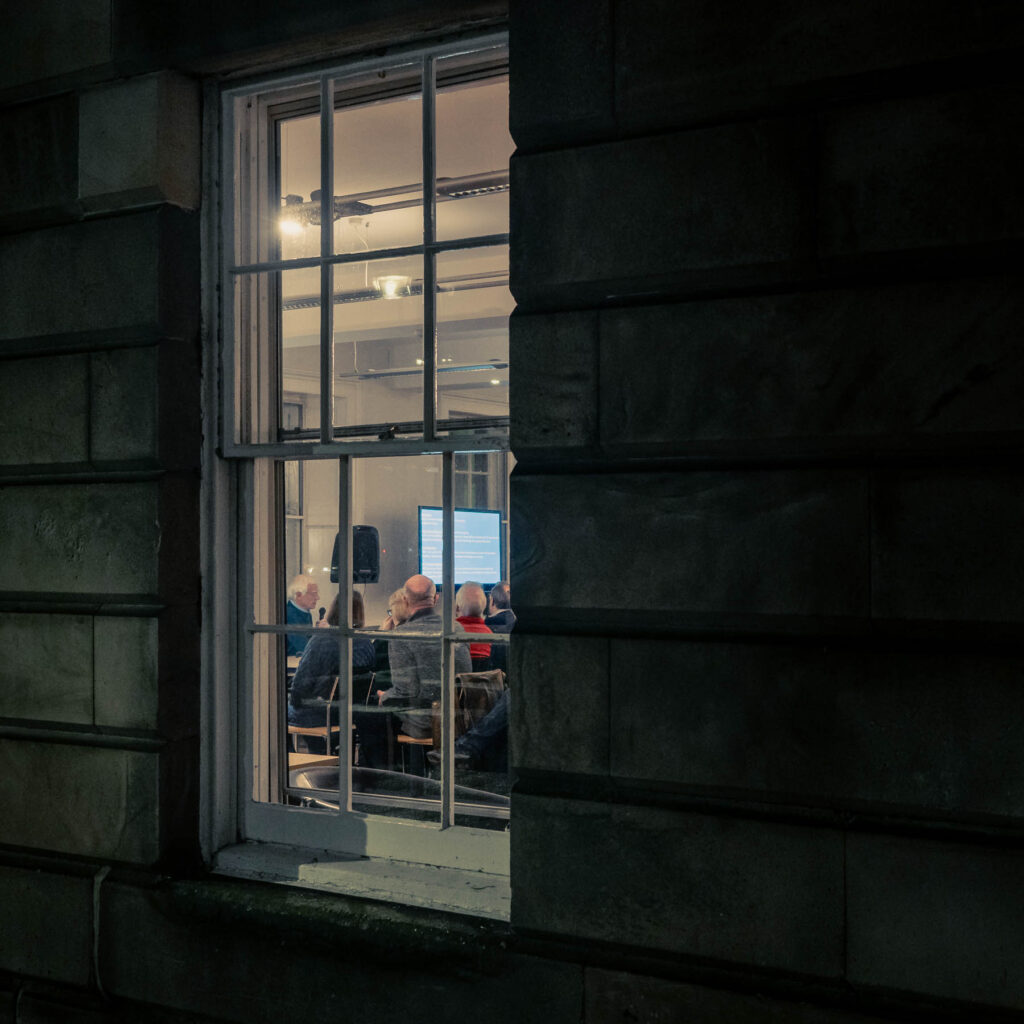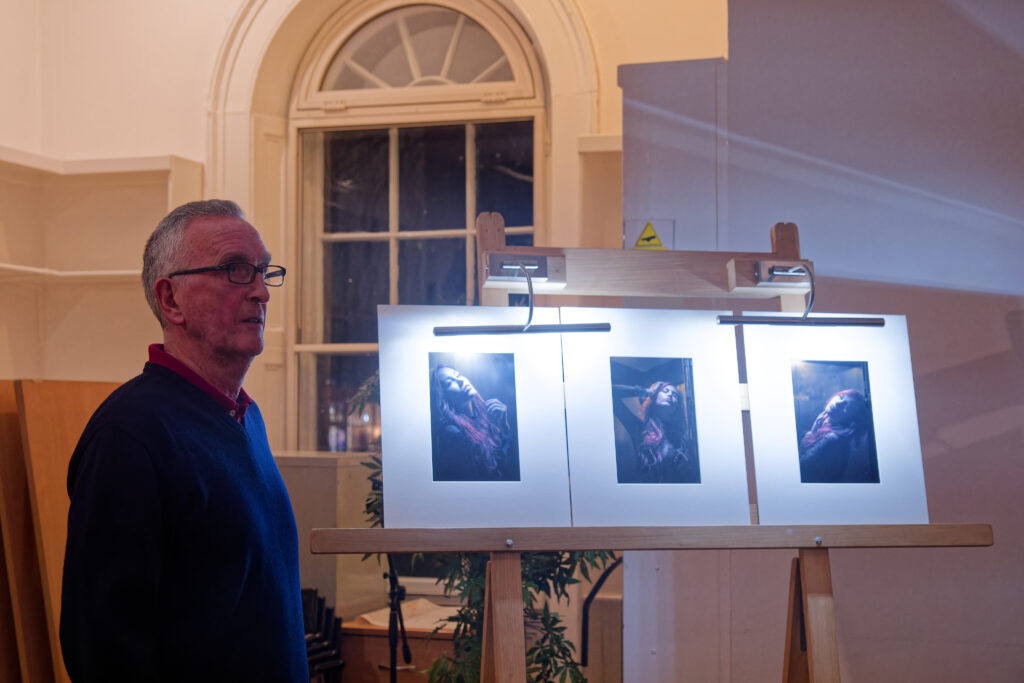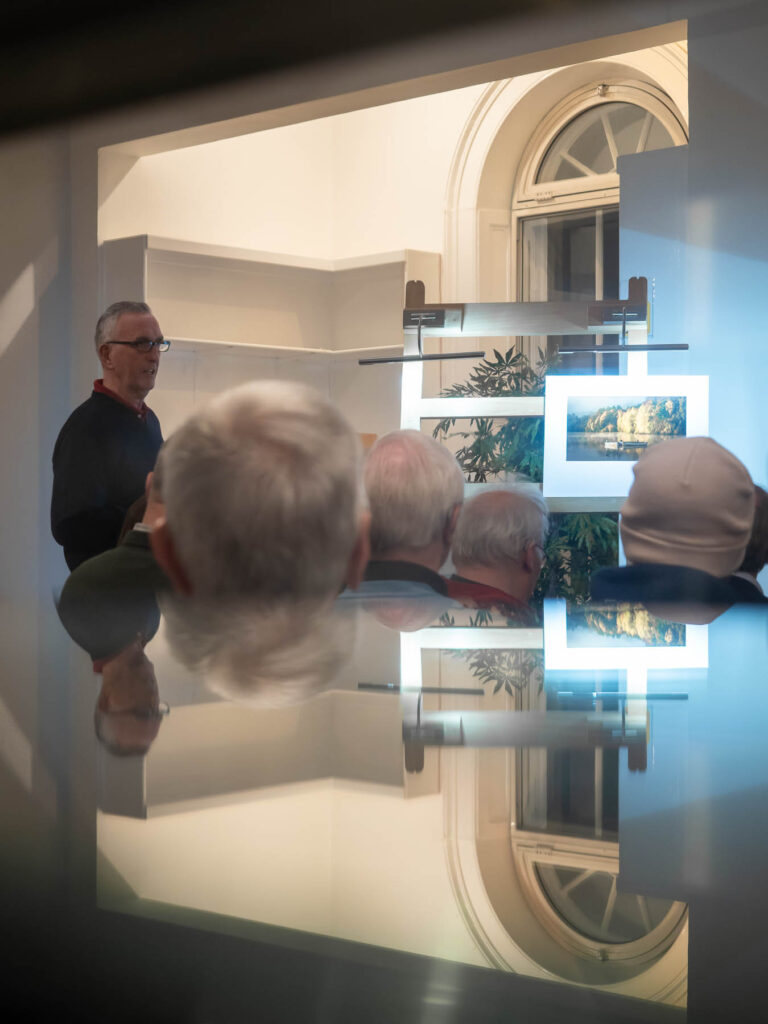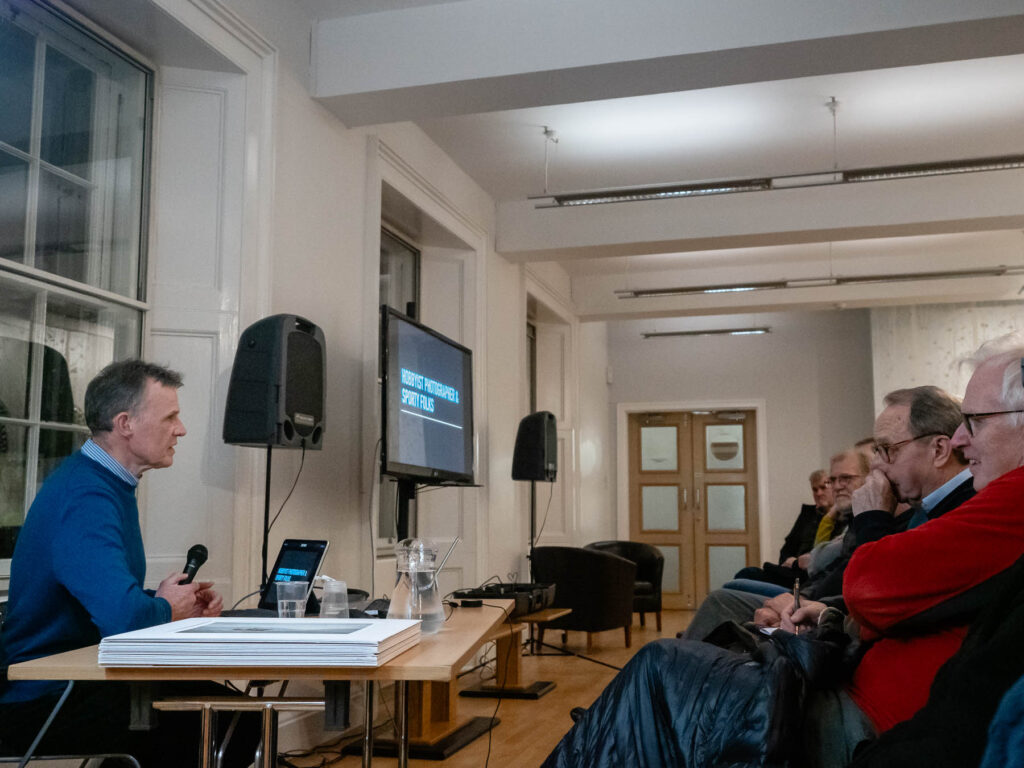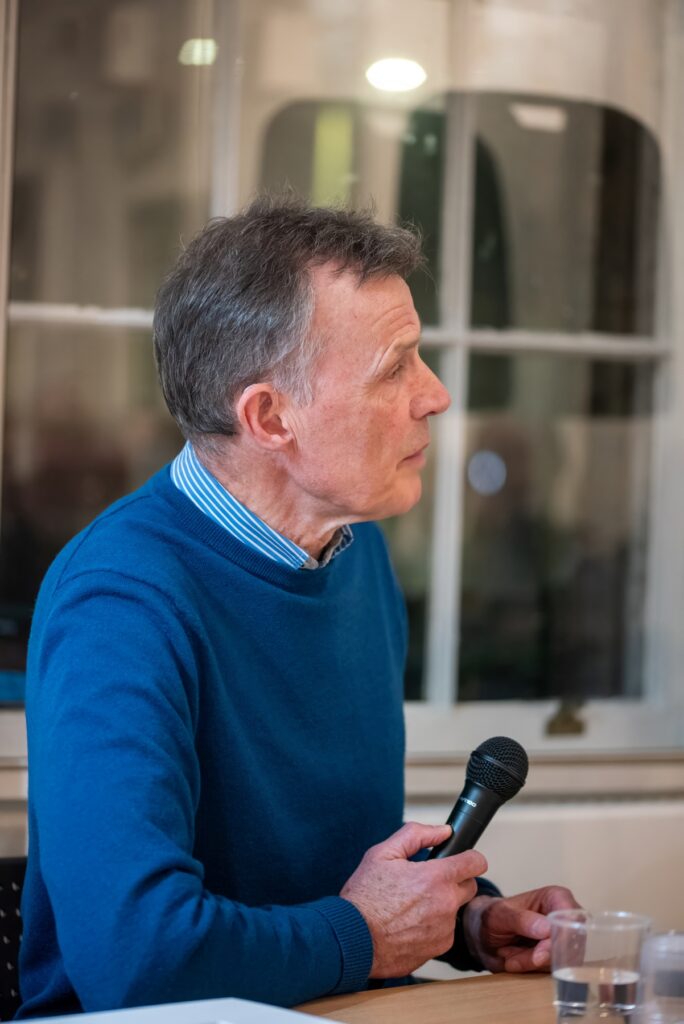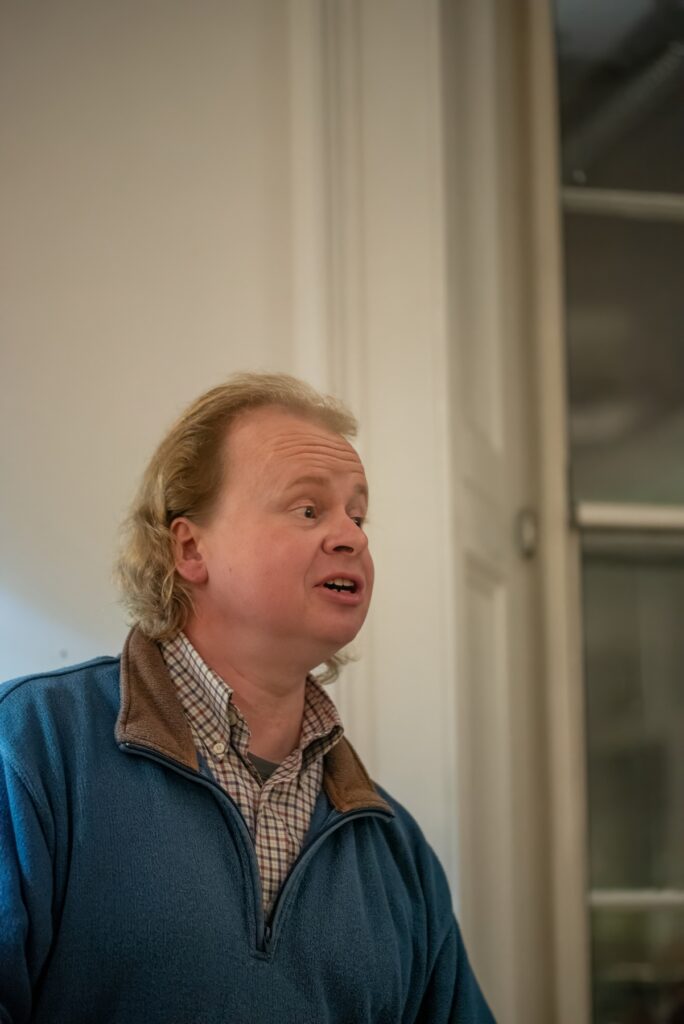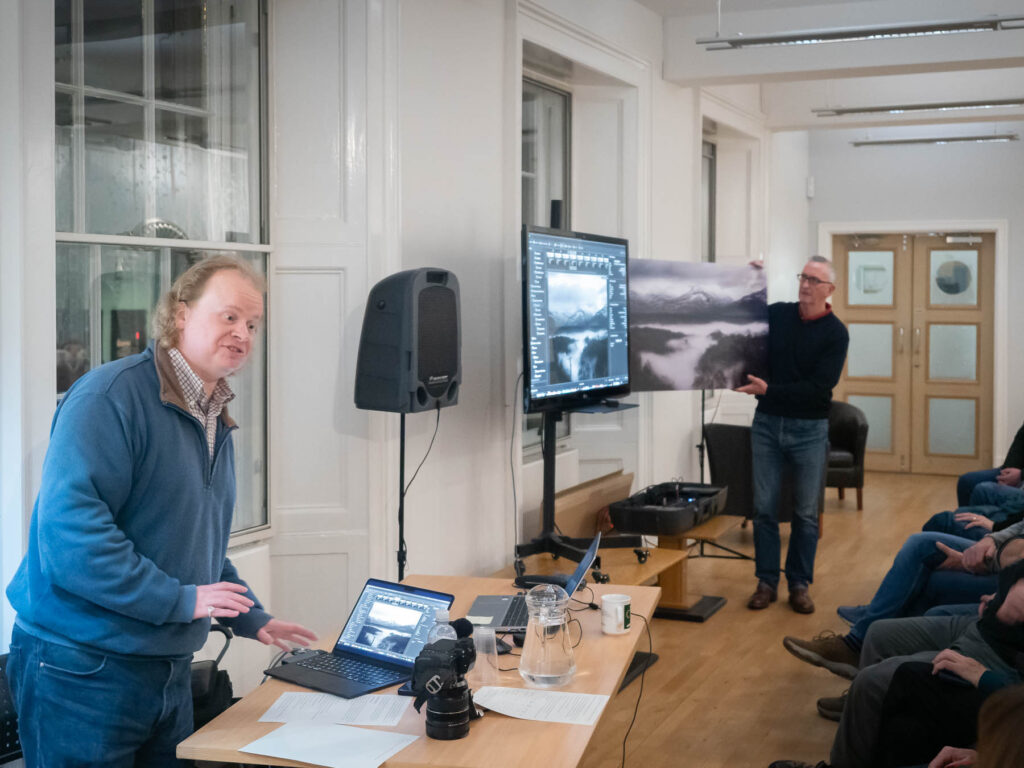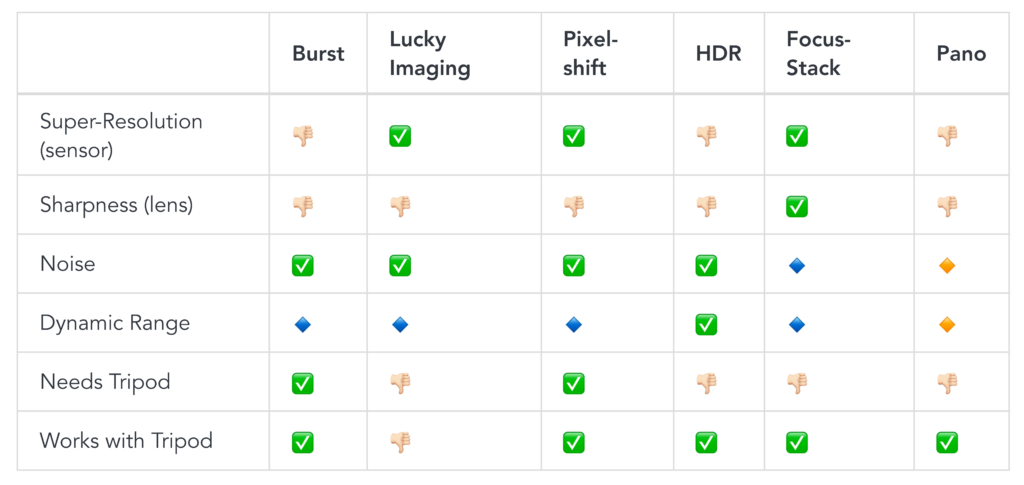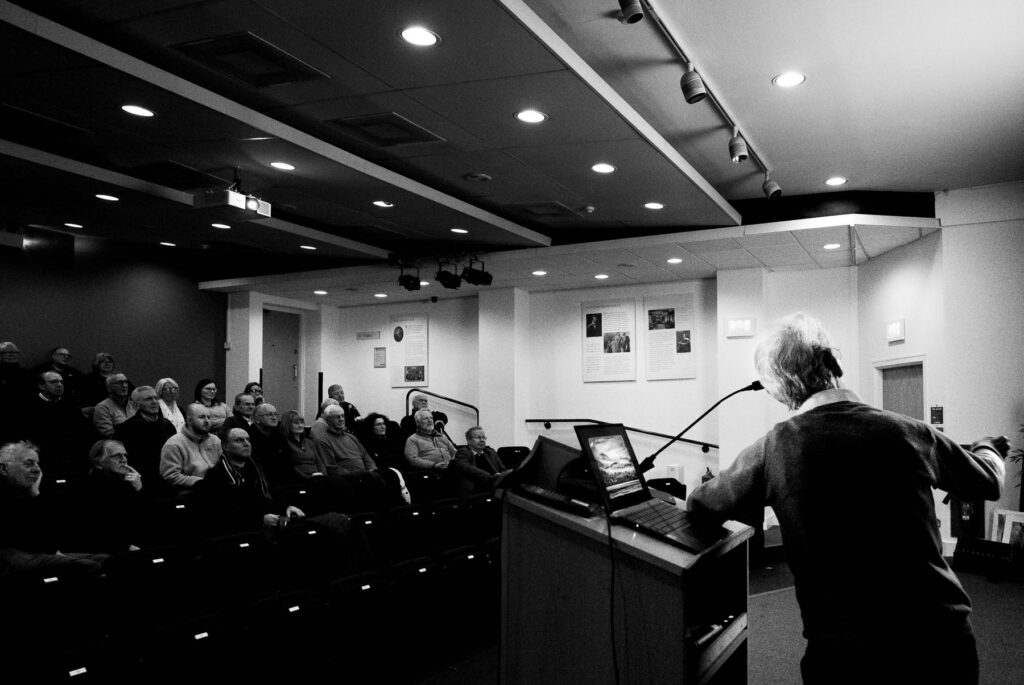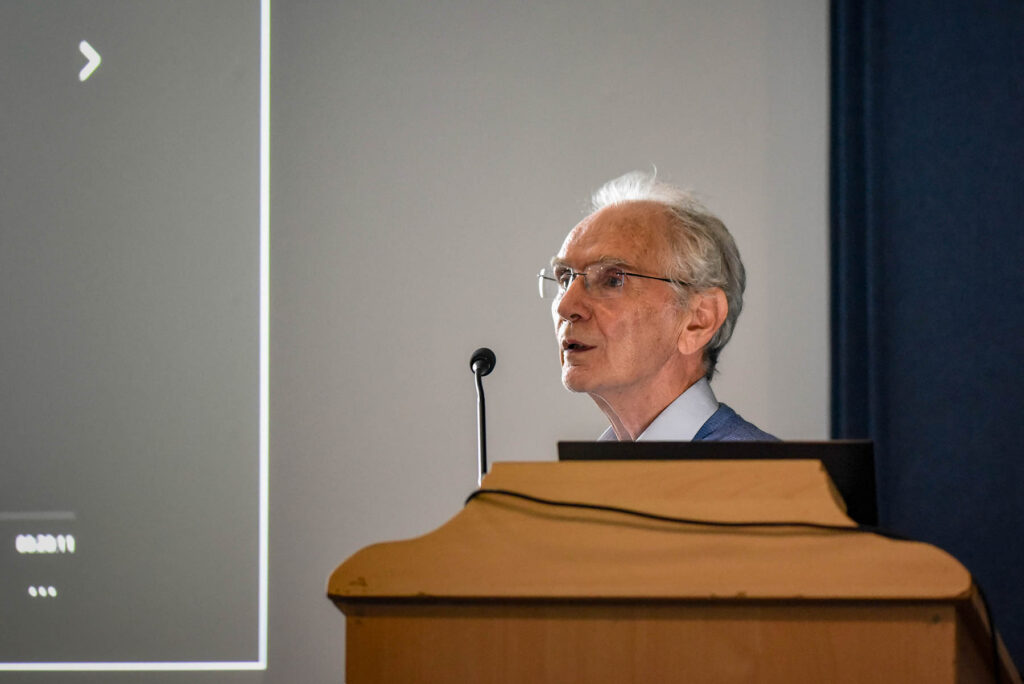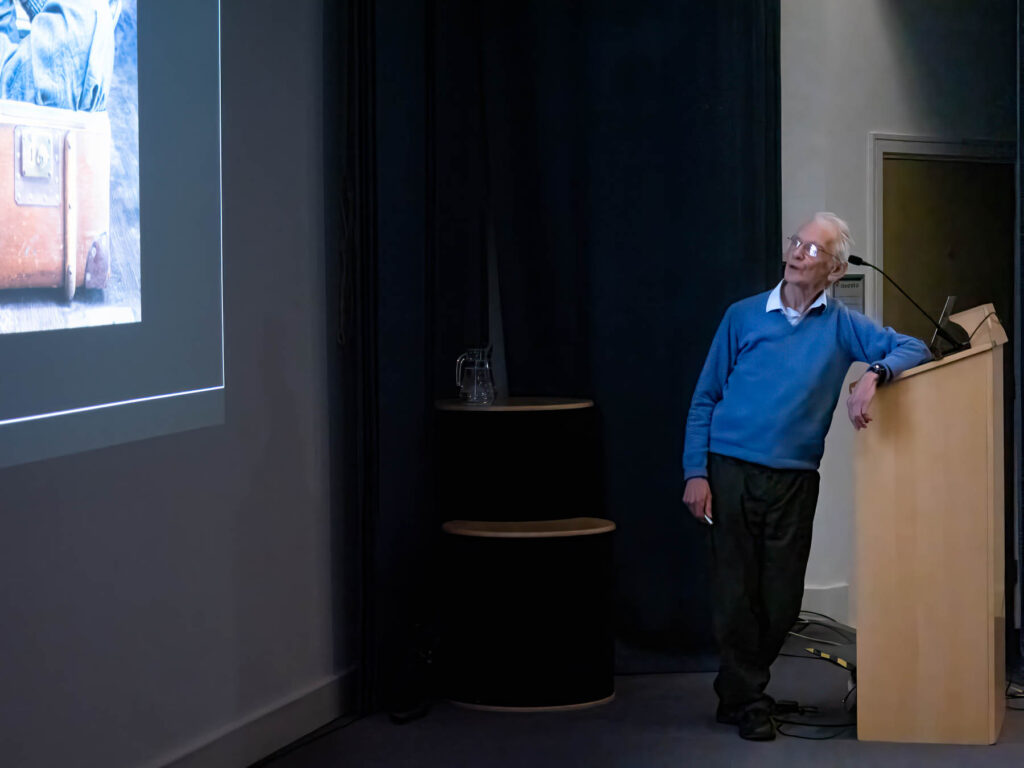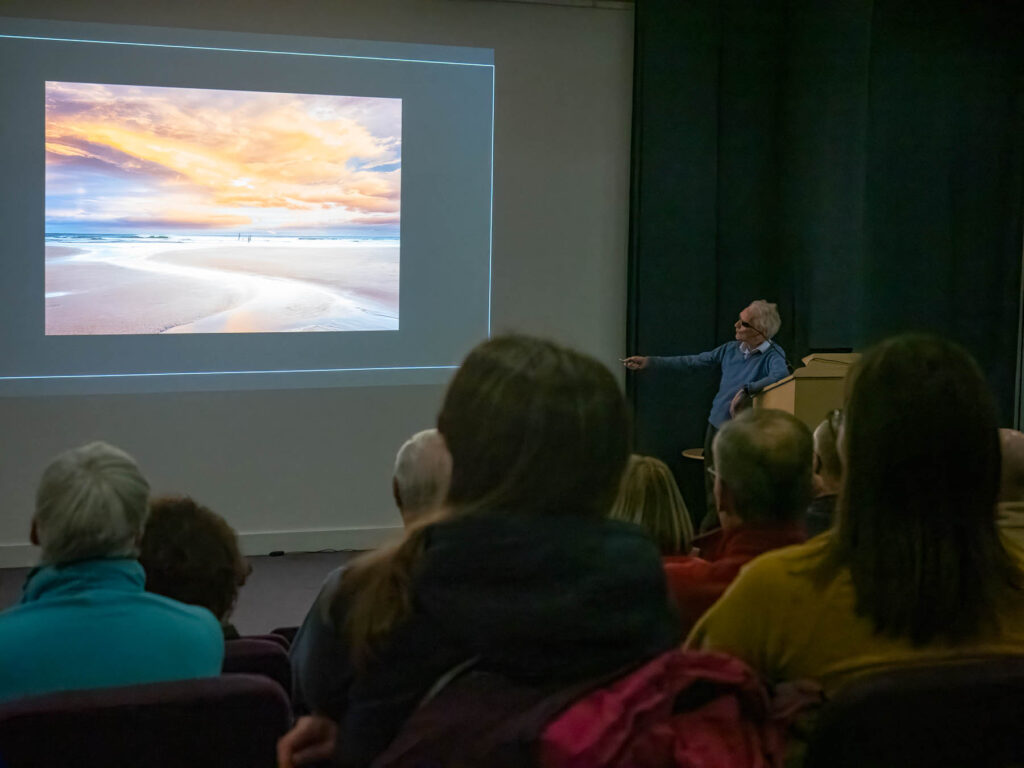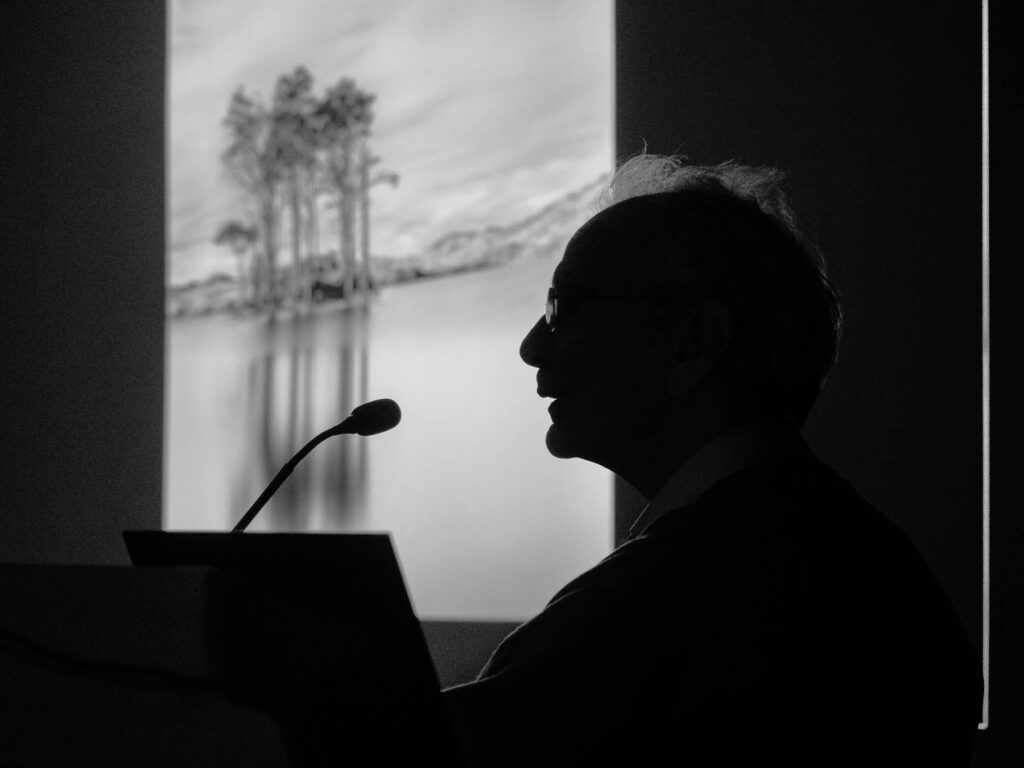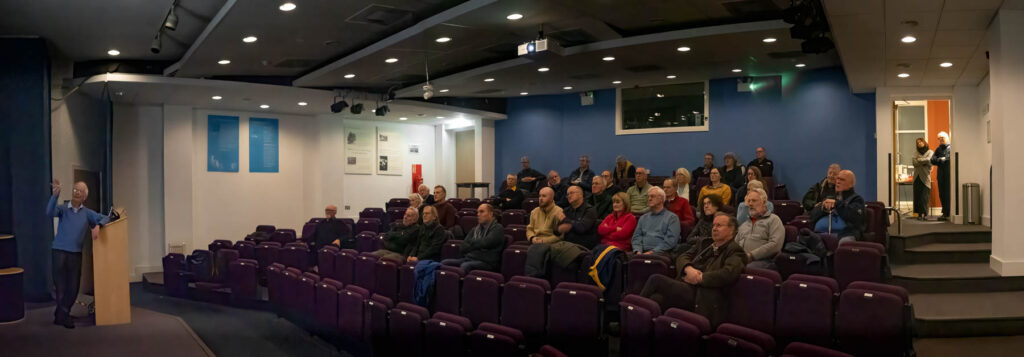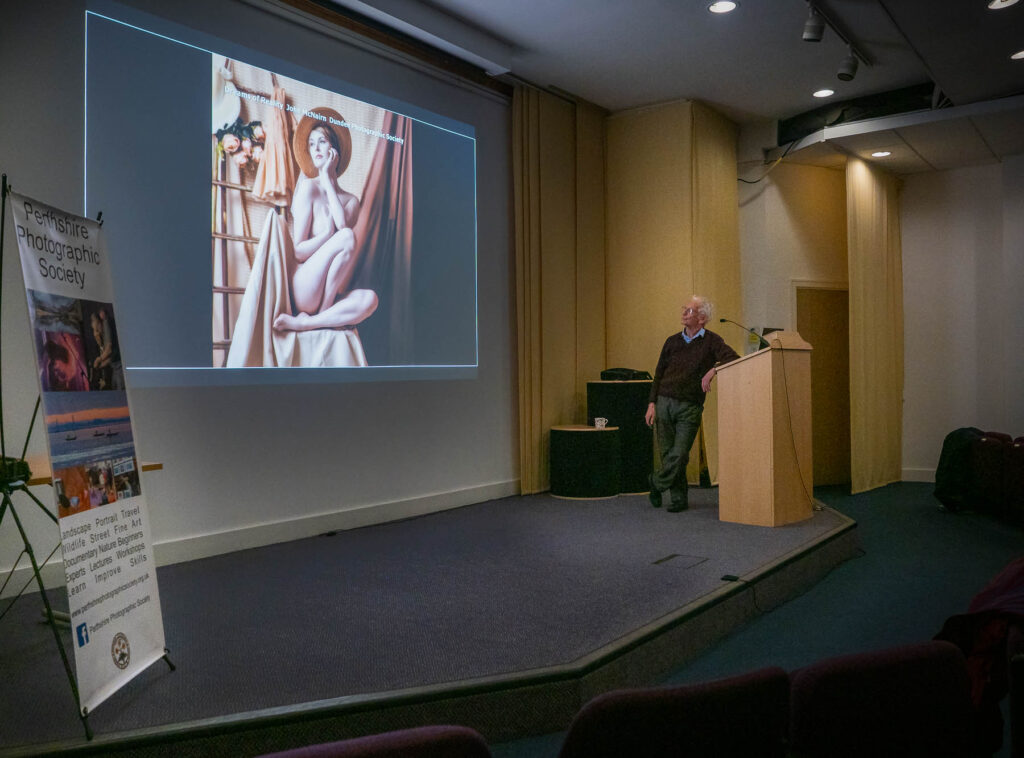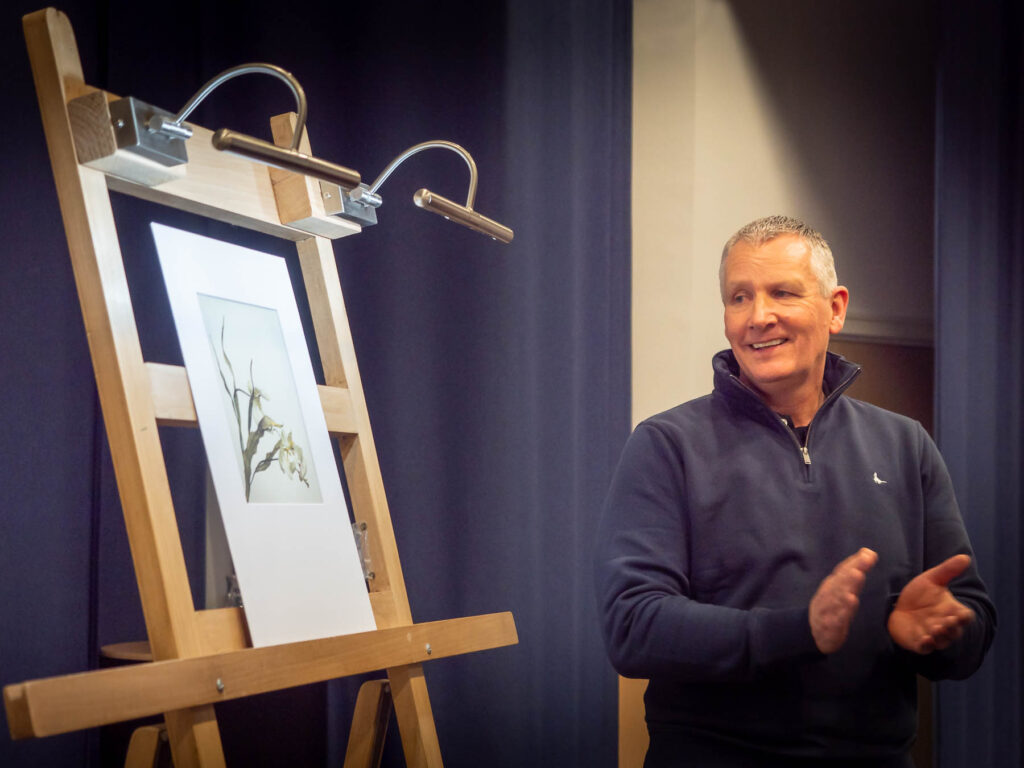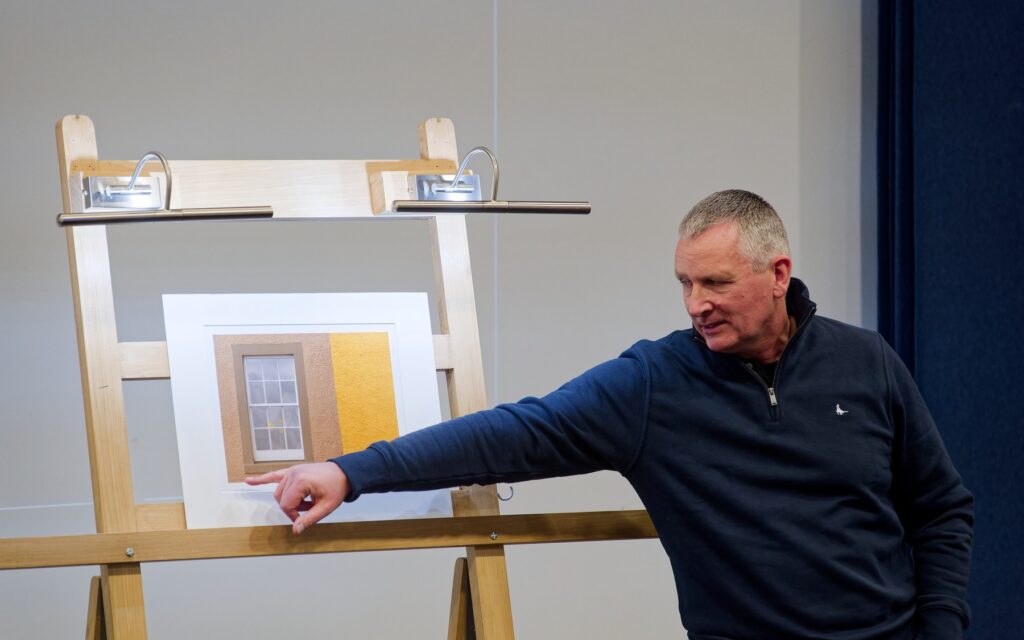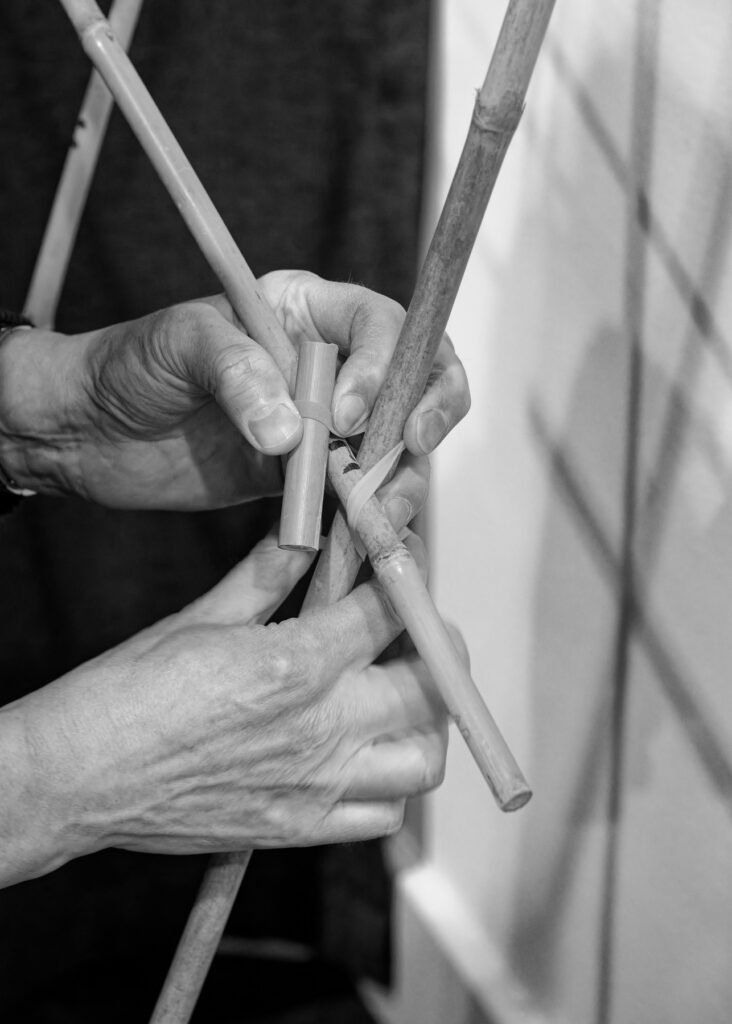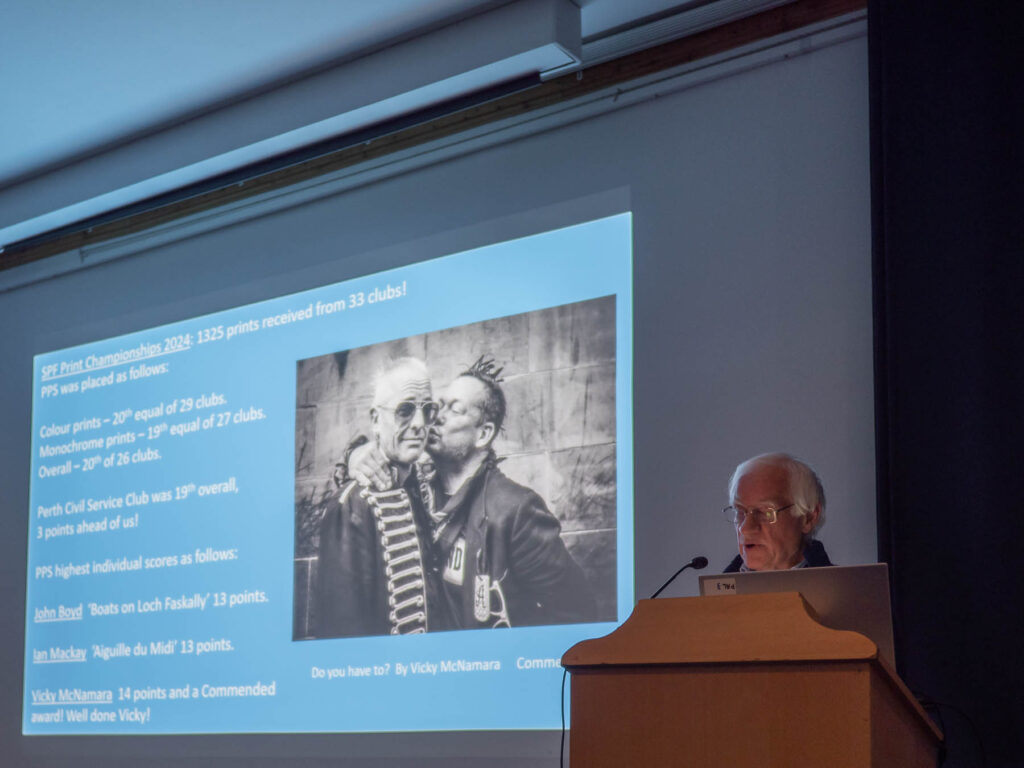
Firstly, congratulations to PPS’s Vicky McNamara for her Commended placing in the recent Scottish Photograhic Federation SPF Print Championships, for her mono, ‘Do you have to?’.
It was lovely to welcome Omar Shamma to the library speak to us again. He’d previously delighted us on Zoom, when he told us about his street photography in London, back when we were meeting online during the time of covid.
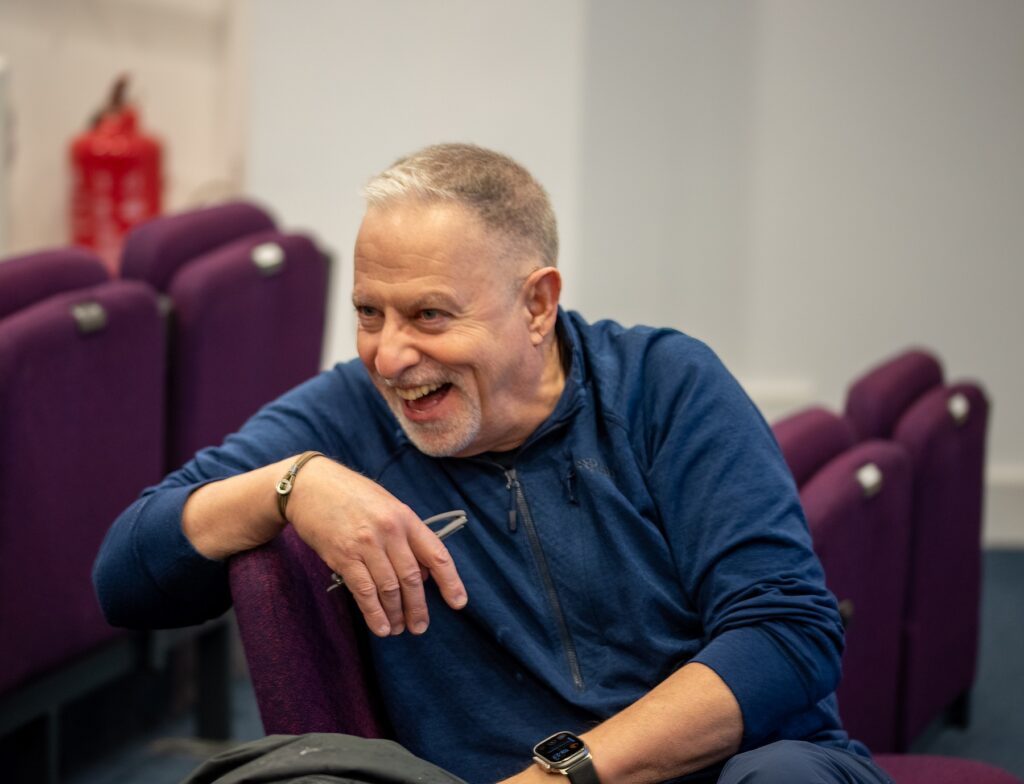
This time, in person, we heard about his photographic travels in the north and south – Svalbard and the Antarctic Peninsula. After a brief and colourful moment to set up, he told us of the archipelago formerly known as Spitzbergen, where the best way to get around is on a photography cruise, on a small/medium-sized ship, with options for zodiac excursions and landings.
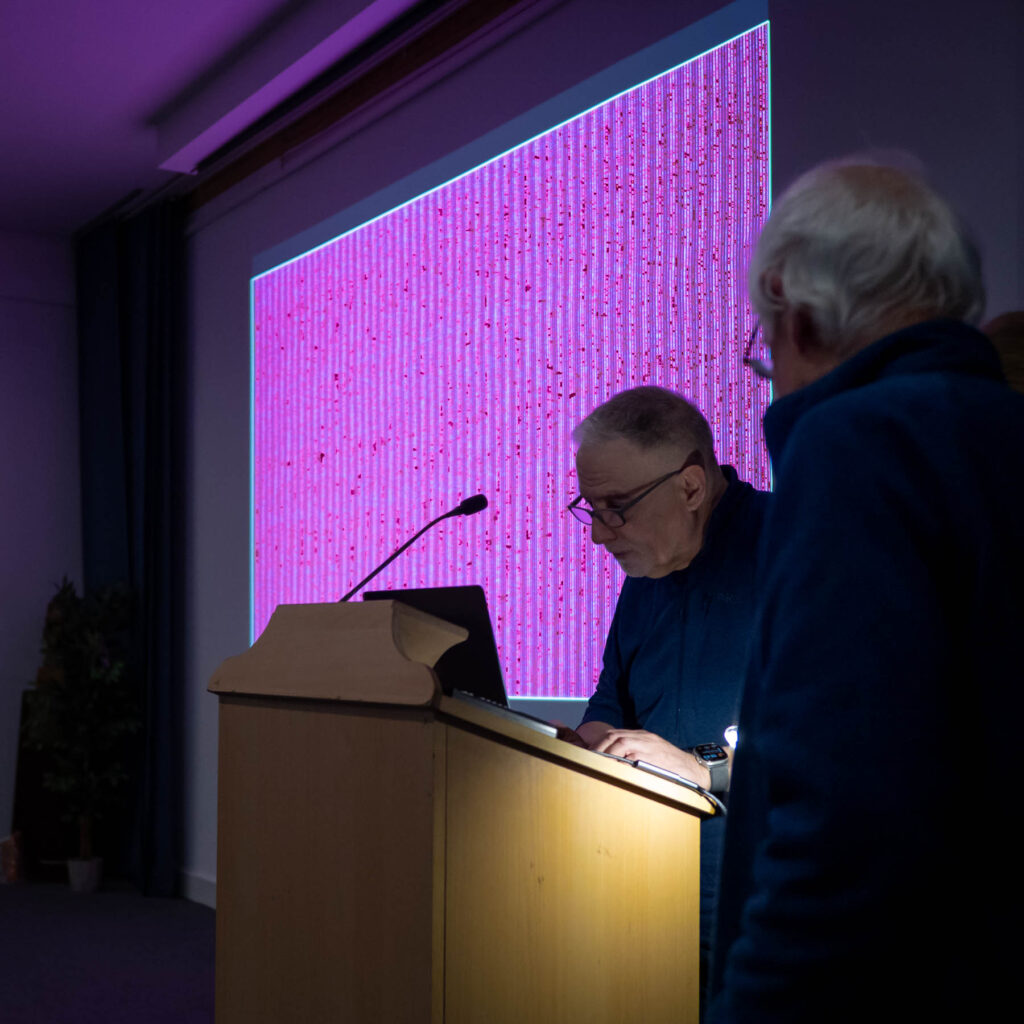
The zodiac trips have their own characteristics – photographers packed shoulder to shoulder, facing each other across the boat, and all trying for that bucket-list shot, as the boat bounces around beneath them. To come back from such trips with a worthwhile image is an achievement – Omar had scores of them. And he told us his tips for getting the shot that are often just as relevant on a cold day in Scotland as they are at the ends of the earth.
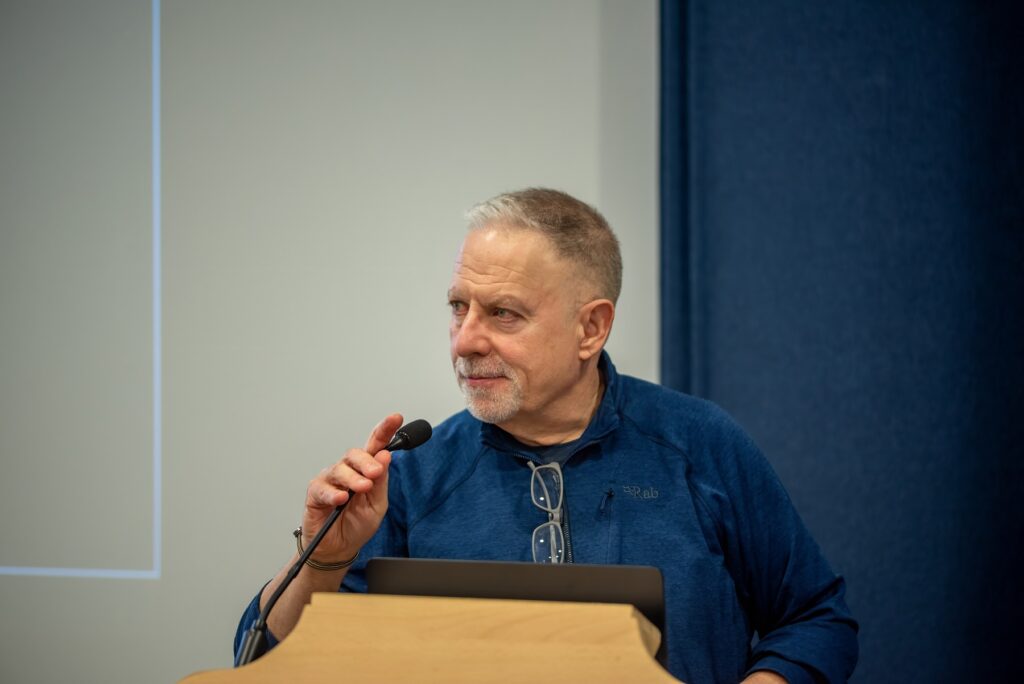
The talk was sub-titled ‘the last wilderness’. Sadly, the ends of the earth are nearer than they’ve ever been. Omar’s closest polar bear sighting was, we heard, made more poignant when it was noted that the object the bear seemed to be playing with was not seaweed or a piece of seal, but a carrier bag. Legislation being introduced for future seasons will increase the distance to be kept between tourists and the bears, and frame-filling photos will be even harder to come by.
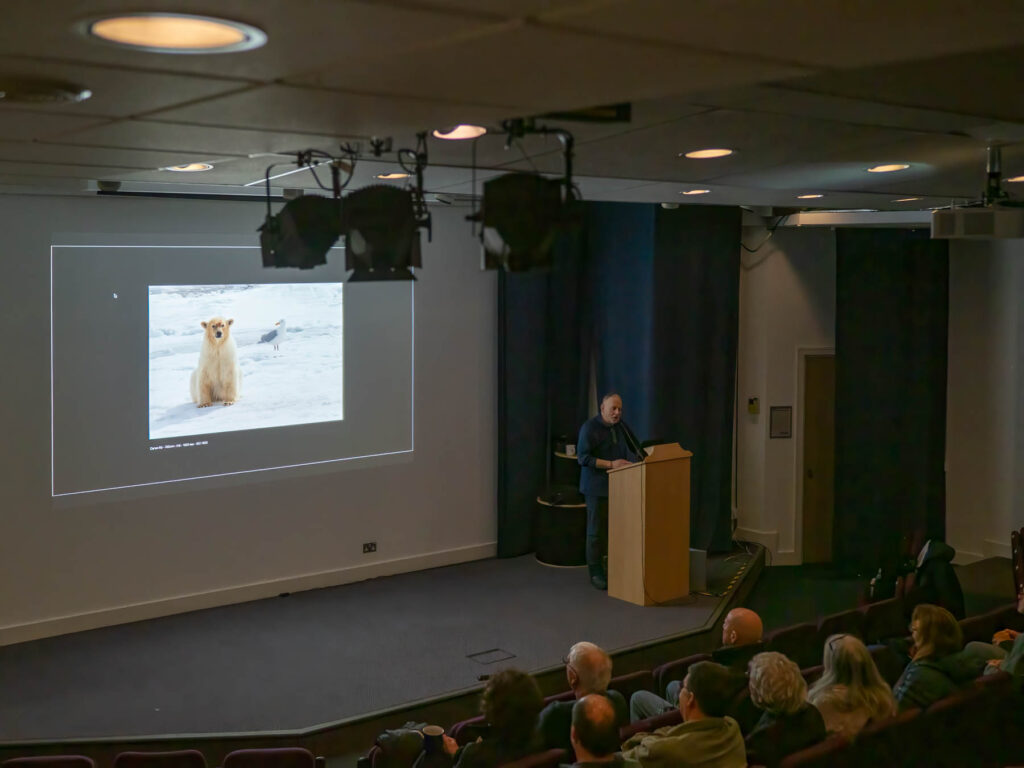
Legislation has reached Antarctica, too. To minimise the spread of bird flu, those going ashore have their feet disinfected before and after, and tripods are deprecated. Even dropping an un-sterilised knee into the snow to get your lens down to penguin-level incurs a prompt correction from the guides.
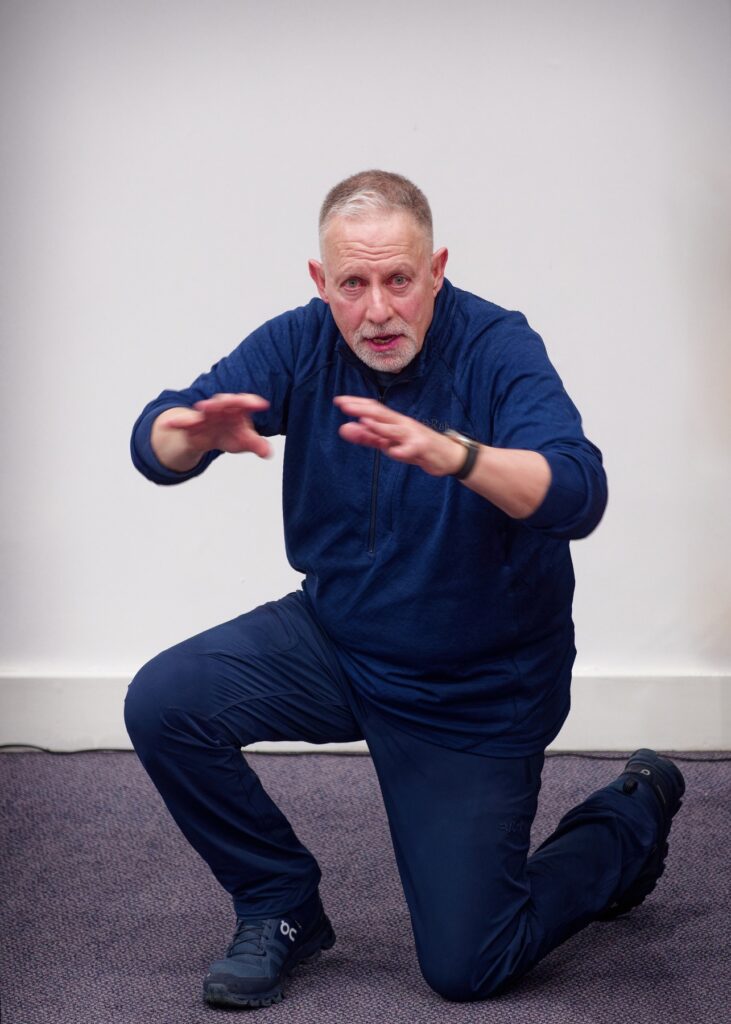
Omar talked us with good humour through image after memorable image, with wonderful framing through ice formations, and light ranging from brilliant and clear to threatening and stormy.
The cruises run photography competitions for various genres: landscape, wildlife, abstract, people, and so on. Suffice to say, Omar cleaned up. It’s been a delight to hear his story.
